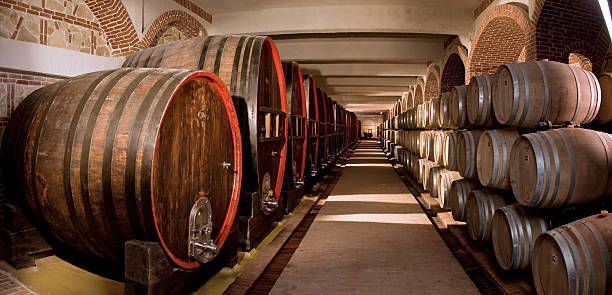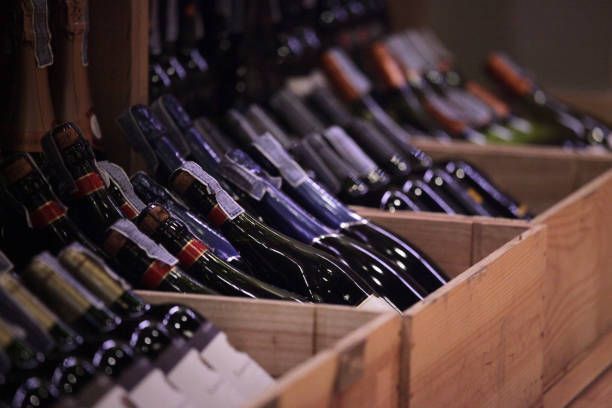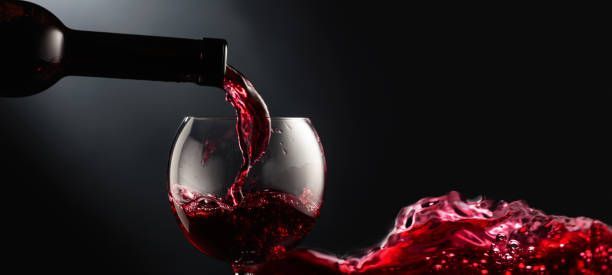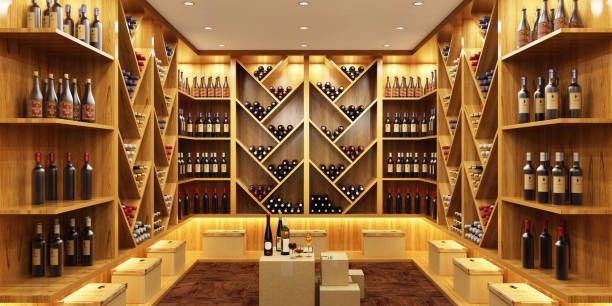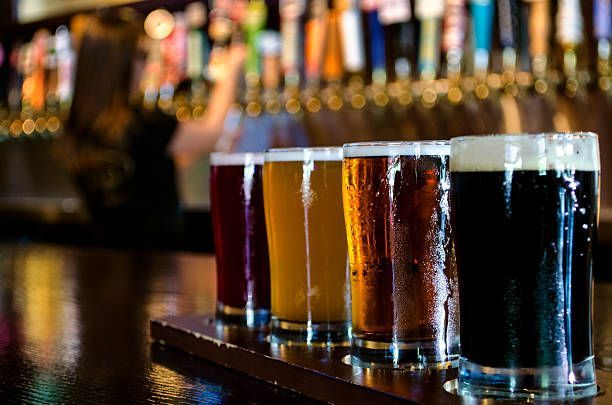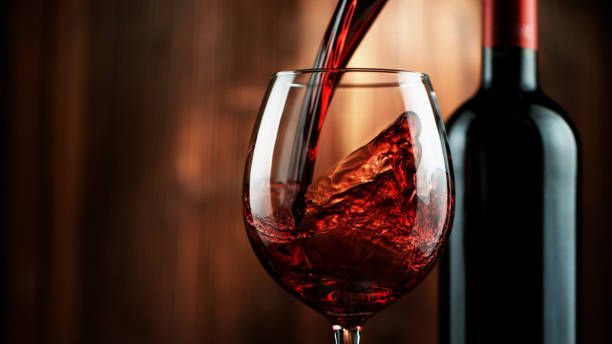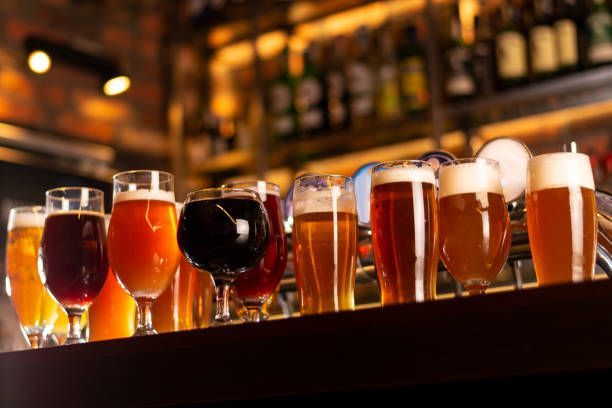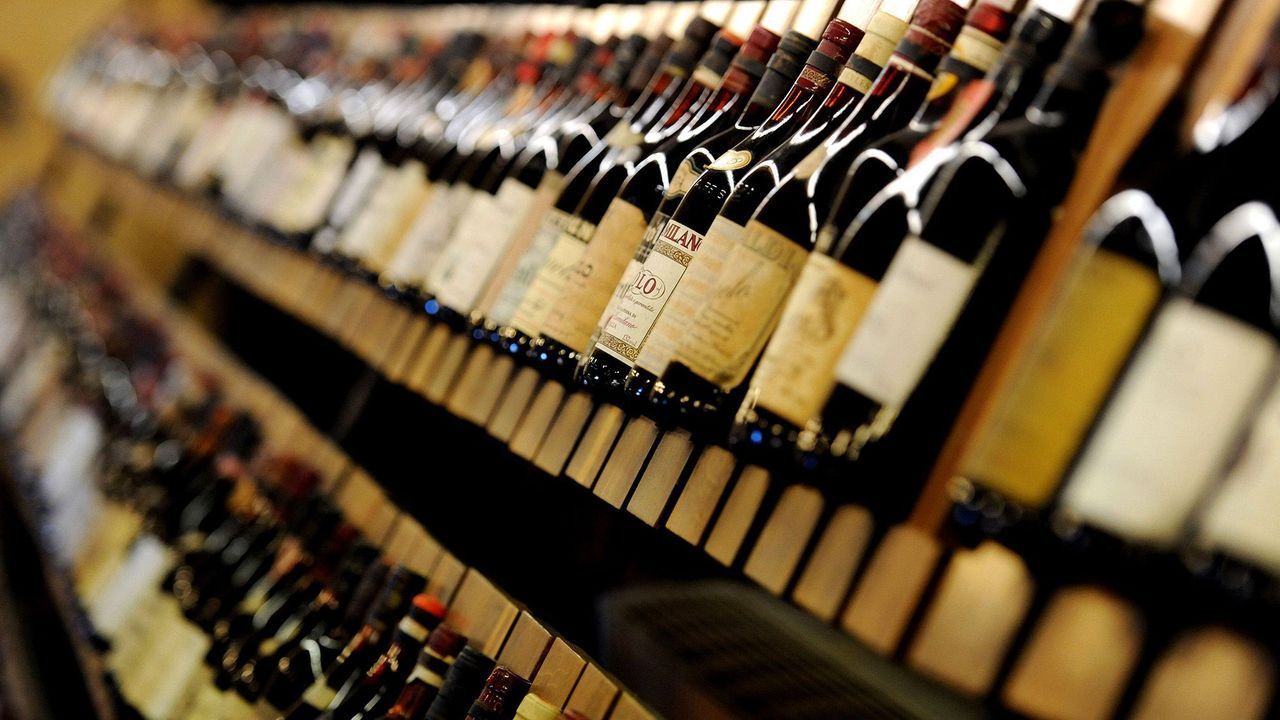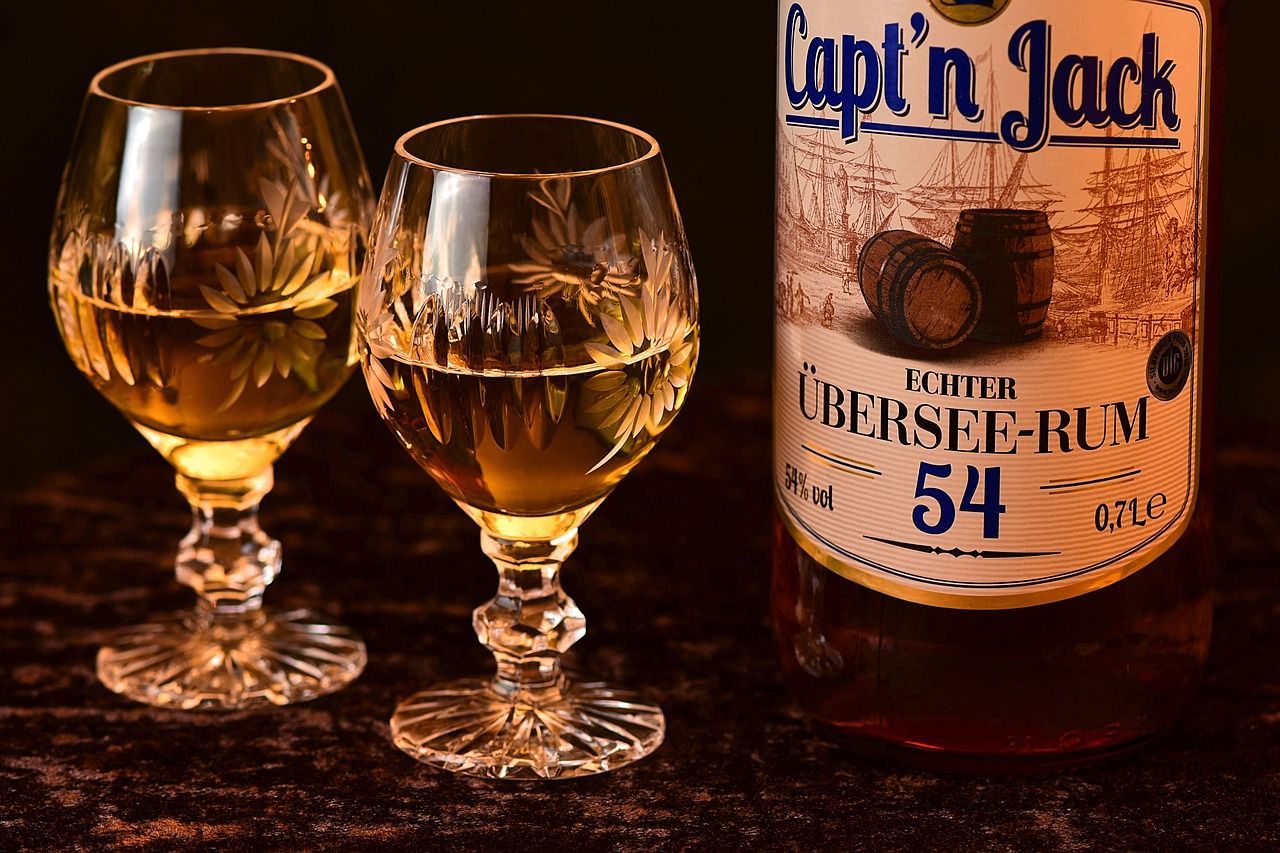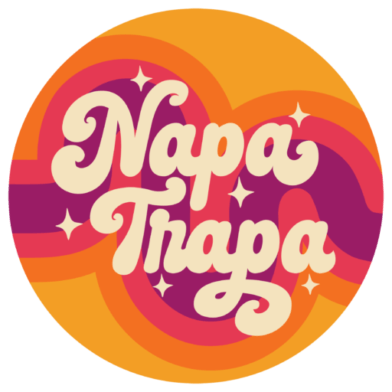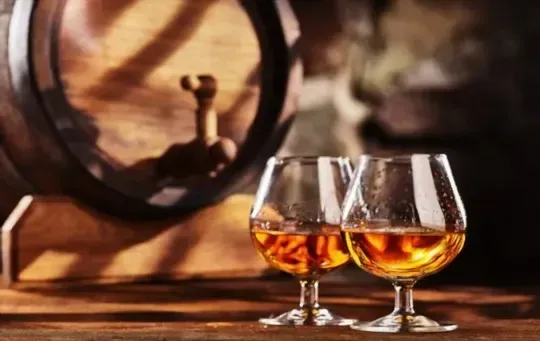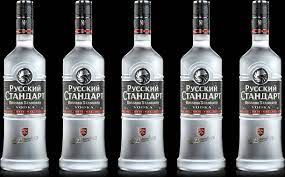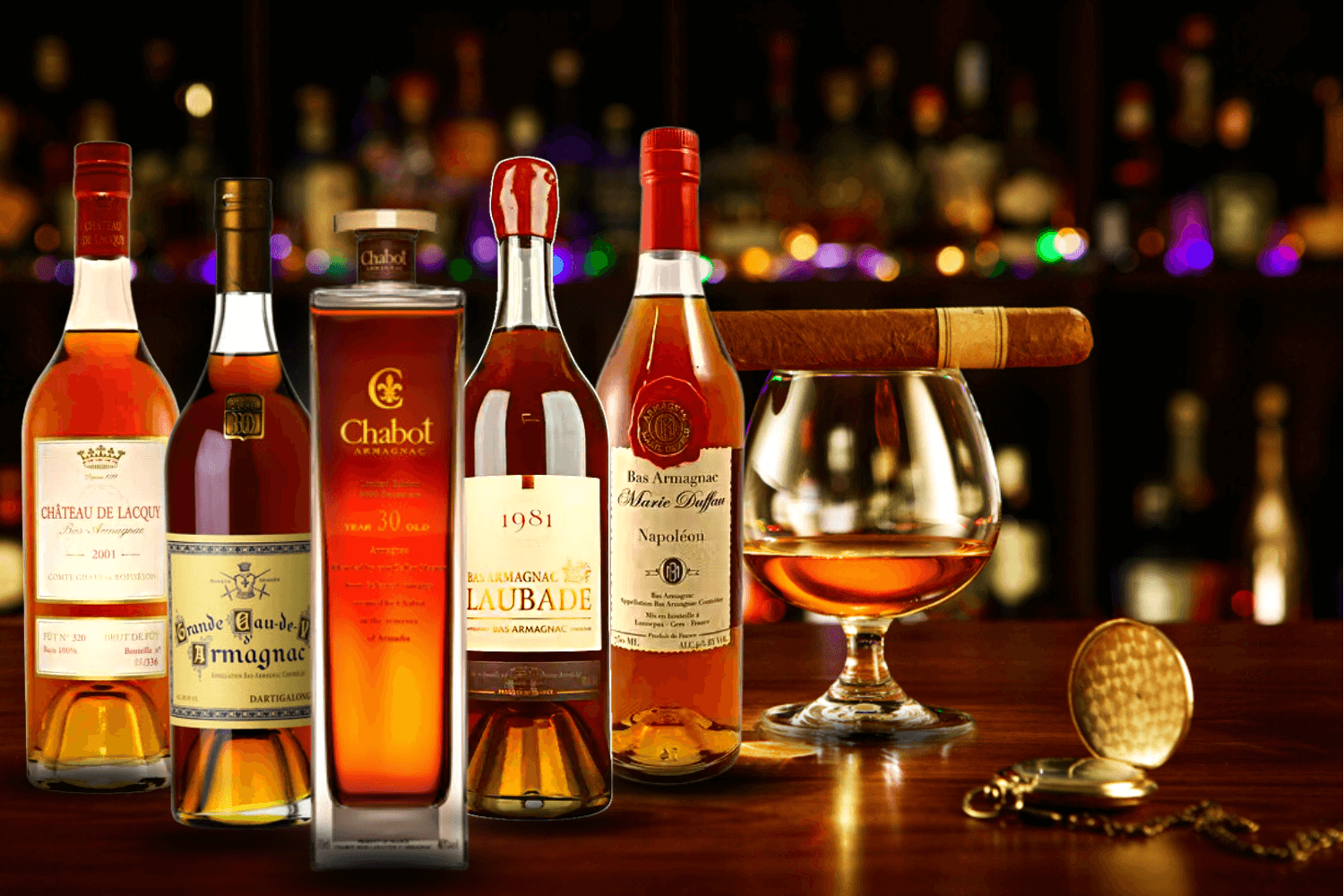Distillation is a craft with a rich and fascinating history that crosses continents and centuries. Some of the most cherished beverages in the world have been created by selectively evaporating and condensing components from a liquid mixture. The art and science of distillation have been greatly influenced throughout history by numerous civilizations, including Ancient Egypt, Ancient Greece, Ancient China, and Ancient Persia, creating the diverse range of methods and drinks that we now enjoy.
History & Origins Of Distilled Liquor
Wine has shaped human culture in an important way, going beyond simple delight to become a vital part of our history. In this investigation, we will travel across time and between continents to learn about the beginnings of distillation and how it has changed throughout the years. We'll learn how numerous civilizations have contributed to the development of various distilled spirits and how these spirits have influenced art, literature, religion, and social life, from ancient Egypt to contemporary distilleries.
Join us as we toast to the vibrant history of distilled liquor and embark on a spirited adventure that will ignite your passion for these delectable and storied libations. So, pour yourself a glass of your favorite spirit, sit back, and get ready to be immersed in the captivating world of distilled liquor. Cheers!
The Origins of Distillation
Ancient Egypt
Around 3,500 BCE, distillation's origins can be found in Ancient Egypt. Distillation was largely employed by the Egyptians to create perfumes, essential oils, and healing elixirs. Although there is no direct proof that distilled alcoholic beverages were produced at this time, the Egyptian methods lay the groundwork for later developments in distillation.
Ancient Greece
Distillation was mostly employed in Ancient Greece to create perfumes, medicines, and cosmetics. Aristotle, a well-known Greek philosopher and naturalist, wrote about distillation in his books, and his follower Theophrastus later outlined how to make fragrant waters and essential oils. But it's generally accepted that the Greeks didn't make distilled spirits for consumption.
Ancient China
Distillation was a common practice in Ancient China during the Han Dynasty (202 BCE–220 CE), when it was mostly employed for therapeutic purposes. One of the first known descriptions of alcohol distillation is found in the "Wuzazu," a Chinese literature from the second century CE. It mentions the use of crude bamboo equipment for distilling alcohol, which later gave way to more sophisticated metal and clay distillation apparatus.
Ancient Persia
The development of distillation methods, particularly for the manufacturing of alcohol, was greatly influenced by the Persians. One of the most prominent advocates of distillation was the Persian polymath Al-Razi (864–930 CE), whose writings on the subject were widely translated and circulated throughout the Middle East and Europe. It is generally accepted that the Arabs introduced distillation methods for making alcohol to Europe through trade and cultural interchange.
The Evolution of Distillation Techniques
From the alembic still, which improved control over distillation, to the retort still, which increased efficiency with a longer neck, and finally the continuous still, which revolutionized the industry by enabling continuous distillation and boosting output and efficiency.
The alembic still
Jabir ibn Hayyan, commonly known by his Latinized name Geber, was a Persian alchemist who is credited with creating the alembic still, an early type of distillation equipment. He lived from 721 to 815 CE. The cucurbit (a container for the liquid to be distilled) and the alembic (a cover that collects and conducts the vapor) are the two major parts of the alembic still. This design, which is regarded as the forerunner of contemporary distillation machinery, provided better control over the distillation procedure.
The retort still
The alembic still was improved upon by the retort still, which appeared throughout the Middle Ages. It had a longer neck, which enhanced efficiency and allowed for greater vapor separation. Alchemists and apothecaries in Europe frequently employed the retort still to create medical elixirs and essential oils.
The continuous still
Aeneas Coffey created the continuous still, sometimes referred to as the column still or Coffey still, in 1830. Continuous distillation was made possible by this ground-breaking design, considerably enhancing output and efficiency. Each of the vertical columns that make up the continuous still serves as a different distillation stage. This development revolutionized the distilled spirits market and is still in use today.
Role of Alchemist
Distilled Liquors from Around the World
The world of distilled spirits is large and diverse, and every location creates its own distinctive spirits that honor its cultural history and traditions. Here, we will take a deeper look at the distilled spirits from around the world in this map, which is arranged by region. This graphic offers a thorough overview of the wide variety of spirits consumed around the world, from the well-known whiskey of Scotland and Ireland to the tequila of Mexico and the baijiu of China.
| Region | Distilled Liquor | Country of Origin |
|---|---|---|
| Europe | Whiskey | Scotland and Ireland |
| Europe | Brandy | France |
| Europe | Vodka | Russia and Poland |
| Europe | Gin | England |
| Asia | Baijiu | China |
| Asia | Shochu | Japan |
| Asia | Soju | Korea |
| Asia | Arak | Middle East |
| Americas | Rum | Caribbean |
| Americas | Tequila | Mexico |
| Americas | Bourbon | United States |
| Oceania | Australian whiskey | Australia |
| Oceania | New Zealand vodka | New Zealand |
Distilled Liquor Impact on History and Culture
A substantial part in human history and culture that spans ages and civilizations has been played by distilled alcohol. Distilled alcohol has played a significant role in human culture, influencing everything from religious rituals to social interactions and gatherings. It has also had an impact on the arts, literature, and economy.
In many different cultures all across the world, distilled alcohol has been used in religious rituals. In Christianity, wine is a crucial component of the communion rite. Alcohol is not allowed in Islam, but distilled liquor is occasionally used in medicine or perfume production. Distilled alcohol is employed in a number of Hindu religious rituals, and it was offered to the gods in ancient Egypt.
Distilled alcohol has long been a mainstay of social interaction and get-togethers, acting as a bridge to camaraderie, joy, and relaxation. Distilled liquor use is often associated with life transitional events including weddings, funerals, and graduations. In the hospitality sector, distilled liquor is important since bars and nightclubs are well-liked gathering places.
Distilled alcohol has long been a source of inspiration for writers and painters, with its vibrant hues and diverse flavors inspiring many pieces. The use of distilled alcohol has frequently been a subject in artistic creation, gaining the term "liquid poetry" and showcasing its beautiful and artistic features.
Throughout history, the manufacture and trade of distilled spirits have played a significant role in economic growth. Governments and businesses have relied heavily on the sale of distilled alcohol as a source of income, and the sector has supported innovation and produced jobs. With the emergence of new trends and developments like craft distilleries and flavored spirits, the market for distilled alcohol is expanding on a global scale.
Prohibition in the U.S.
Early in the 20th century, the United States had a turbulent era known as prohibition, which forbade the sale, production, and transportation of alcohol. However, this well-intended campaign had unintended repercussions that helped organized crime and bootlegging flourish.
Concerns about public health, morality, and social order were only a few of the issues that led to the prohibition campaign. Alcohol prohibitionists held the view that drinking alcohol contributed to social problems such as domestic violence, poverty, and crime. Women's rights organizations played a significant role in the prohibition movement as many people thought that alcohol was a factor in the oppression of women and children.
The rise of organized crime was one of prohibition's most important side effects. Bootleggers, or individuals who made and sold alcohol illegally, rose to prominence in American society, led by infamous figures like Al Capone and Bugsy Siegel. The illegal alcohol trade encouraged bribery and corruption at all levels of government, and these criminal operations were frequently violent and dangerous.
The American economy suffered greatly from Prohibition due to the loss of jobs and money from the legal alcoholic beverage business. A hike in income taxes and a change in economic objectives were brought about by the government's large loss of tax revenue. The prohibition on alcohol also sparked a black market for illegal commodities, further upending the financial system.
The 21st Amendment, which was passed in 1933, ended Prohibition. Prohibition was eventually repealed due to its failure to reduce alcohol use and the negative economic and social effects of the dry era. However, because there are still laws and restrictions governing alcohol sales and distribution today, the legacy of prohibition continues to have an impact on American society.
.The production and use of our beloved spirits have been significantly altered in recent years by new trends, technologies, and environmental concerns in the distilled liquor business. Visitors swarm to distilleries to learn about the production process and sample rare spirits, and distillery tourism is growing in popularity. Craft distilleries, which focus on small-batch production and employ locally sourced ingredients, have become increasingly popular as a result of this trend. These distilleries provide customers with a tailored and distinctive experience that emphasizes the art and science of distillation.
The modern distilled liquor sector has benefited greatly from technology, which has increased production efficiency and precision. Automated distillation processes and computer-controlled stills are becoming more popular because they enhance the consistency and quality of spirits while using less energy and waste.
With many distilleries using eco-friendly measures in their production processes, the distilled liquor sector is becoming more and more concerned with sustainability and environmental issues. Utilizing sustainable energy sources, using less water, and recycling waste are a few of these techniques. Additionally, as consumers' awareness of the environment grows, so does the desire for spirits that are produced sustainably and morally.
The production of low-alcohol and non-alcoholic spirits, the use of alternative grains and botanicals, and the employment of flavor infusion techniques are just a few of the latest developments and advancements in the distilled liquor sector. The way customers engage with and view distilled liquor is also evolving as a result of creative packaging and branding techniques.
Distilled liquor has a long and varied history that spans several continents and centuries. Different civilizations have contributed to the invention of methods and tools that have enabled the production of some of the world's most adored spirits, which has resulted in the art and science of distillation evolving greatly over time. Distilled alcohol has had a significant impact on human culture, influencing everything from religious rituals to social gatherings and having a positive impact on the arts, literature, and economy. The prohibition era in the United States serves as a reminder that alcohol usage and regulation can have important and unanticipated repercussions.
With new trends and practices emerging that reflect shifting customer tastes and environmental concerns, the modern distilled liquor sector is now centered on innovation, sustainability, and technology. Craft distilleries and distillery tourism provide customers with a distinctive and tailored experience, and technological improvements have enhanced the effectiveness and caliber of manufacturing procedures. Sustainable environmental practices are prioritized, and distilleries use them to lessen their carbon footprint.
With new spirits and production methods appearing to mirror shifting consumer tastes and preferences, the distilled liquor business continues to develop and adapt. Distilled liquor continues to be a cherished and essential component of human culture and society, from traditional whiskeys to cutting-edge low-alcohol and non-alcoholic spirits.
